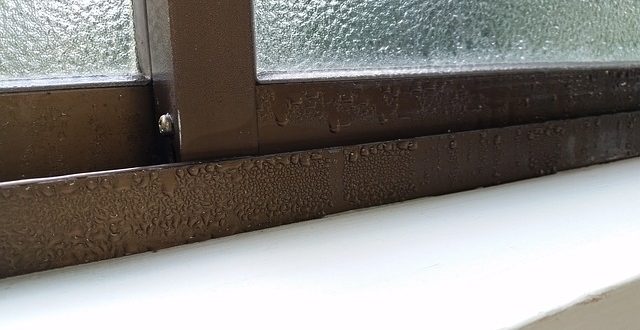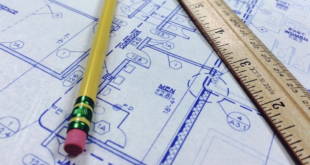Breathing, the washing and drying of clothes and cooking all produce water vapour. Dampness due to structural issues such as faulty damp proof courses or leaking guttering add to the problem. Air can hold moisture, warm air more than cold air. It can though, only hold so much, the saturation point is when this is reached. Condensation occurs when moist warm air comes into contact with a cooler surface.
As well as being a nuisance, condensation can lead to damage; rotten wood and mould formation.
Create less moisture
Living creates moisture, so we can’t stop it, we can though reduce and control it. Here are some tips;
- Ventilate, keep trickle vents if fitted open, open windows whenever feasible
- Cook with saucepan lids on, extractor fans should be vented outside
- Hang washing outdoors whenever possible. If you need to dry indoors, keep the door shut and open the window
- Use an extractor fan or open the window when you shower, leave the fan running after (fans with timers are best). Keep the door shut.
- Vents on tumble dryer must lead outside. If not possible, by a condenser model.
- Dry off condensation on windows and external walls
Roof space
Building Regulations require roof spaces to be ventilated, typically through grills or slots in the soffits. These must not be blocked with insulation.
Insulation
By improving wall and window insulation, their surface temperatures will be higher, if above the “dew point” condensation on them will not occur.
Structure
Structural and maintenance issues need to be resolved. Ensure any contractors are members of trade organisations, speak to references and for major work, warranties should be backed by insurance.
 Homeowners Club If you are one of the 15 million homeowners in the UK, the free to join online Homeowners Club is for you.
Homeowners Club If you are one of the 15 million homeowners in the UK, the free to join online Homeowners Club is for you.








